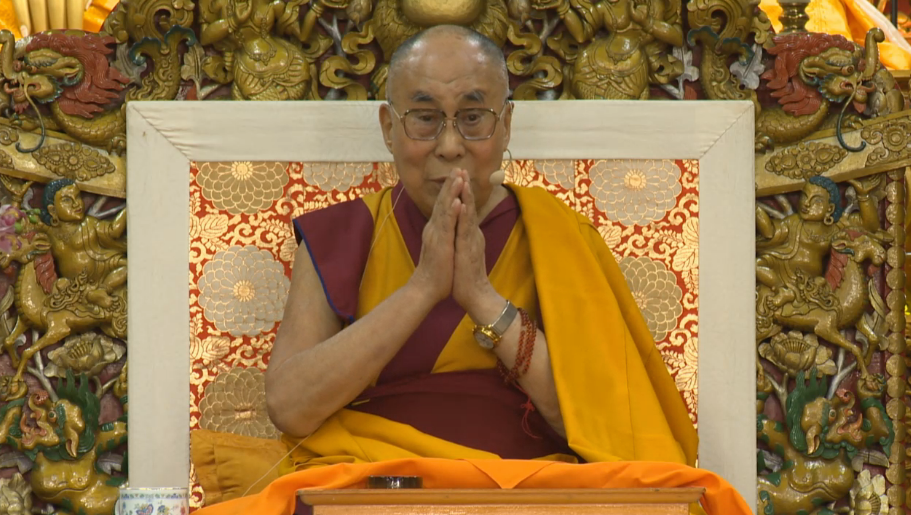Tibetan political prisoners feature in Ai Weiwei’s latest exhibition
By Lobsang Tenchoe
DHARAMSALA, June 30: Some Tibetan political prisoners are among the 176 portraits of people Ai Wei Wei considers activists, prisoners of conscience and free-speech advocates.
‘Trace’, Chinese contemporary artist and activist Ai Wei Wei’s latest exhibition, features 176 portraits of people around the world whom the artist considers activists, prisoners of conscience or advocates of free speech.
 The portraits of Tibetan political prisoners Gendun Choekyi Nyima, the 11th Panchen Lama, Tashi Rabten (Theurang), Lo Lo, and Jigme Gyatso are among the 176 portraits made up of thousands of Lego bricks on display at the exhibition at Smithsonian’s Hirshhorn Museum and Sculpture Gardenin Washington.
The portraits of Tibetan political prisoners Gendun Choekyi Nyima, the 11th Panchen Lama, Tashi Rabten (Theurang), Lo Lo, and Jigme Gyatso are among the 176 portraits made up of thousands of Lego bricks on display at the exhibition at Smithsonian’s Hirshhorn Museum and Sculpture Gardenin Washington.
Ai Wei Wei’s latest installation covers 700 feet of the doughnut shaped museum’s second floor. Apart from the 176 portraits, it also features two graphic wallpapers to accompany the work, one never before seen. The exhibition was opened on June 28 and will run until January 1, 2018.
‘Trace’ is shaped by Ai’s own experiences. In 2011, he was incarcerated, interrogated and kept under surveillance by the Chinese government for 81 days and then prohibited from traveling abroad until 2015. Since then, his art has increasingly centered on the themes of freedom of speech and expression, according to a report on Washingtonian.com.
Originally commissioned in 2014, ‘Trace’ first opened as a site-specific installation at the former Alcatraz Federal Penitentiary in San Francisco. It is a collaboration between the nonprofit FOR-SITE Foundation, the National Park Service and the Golden Gate Park Conservancy. It drew nearly 1 million visitors.






